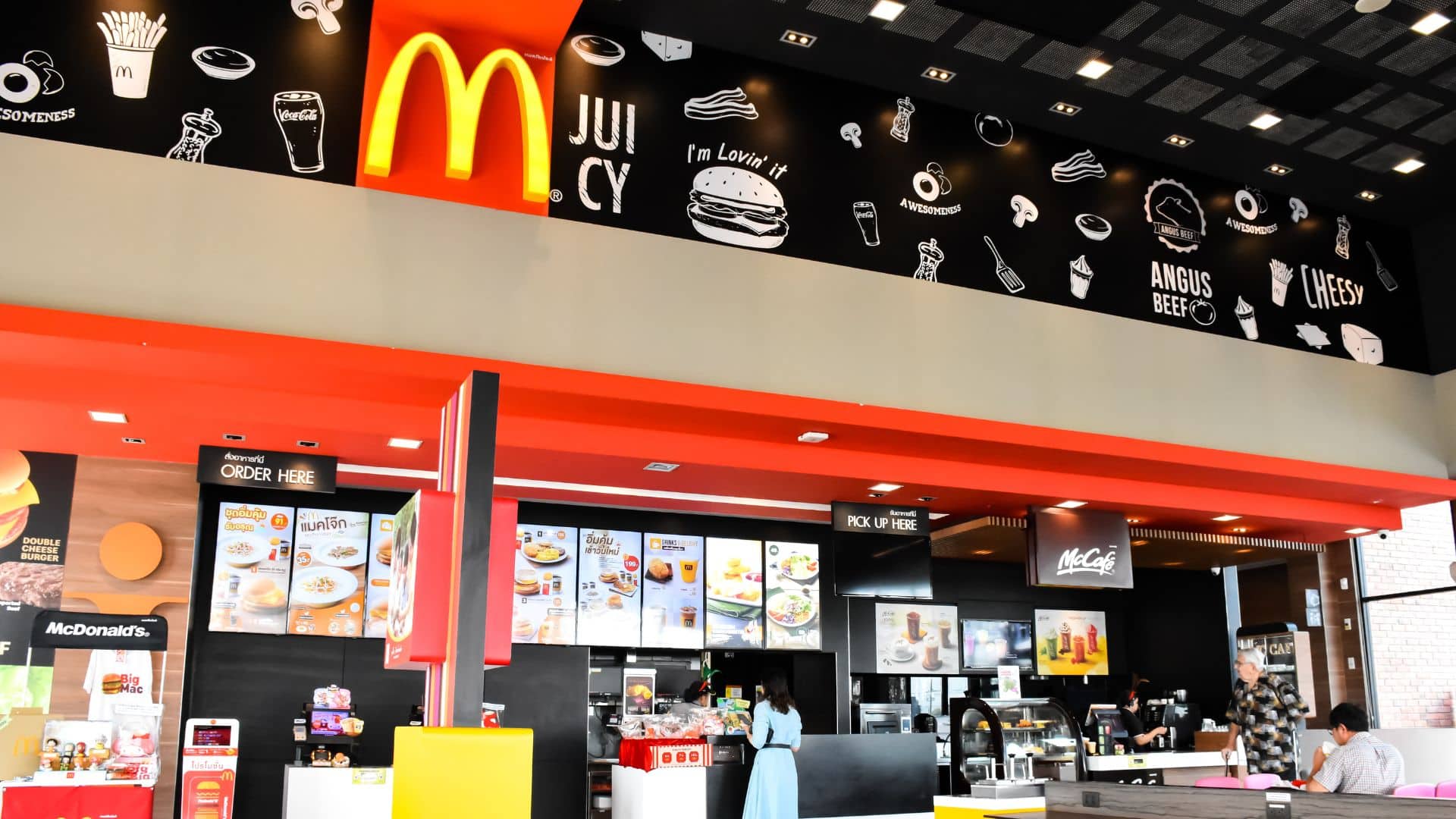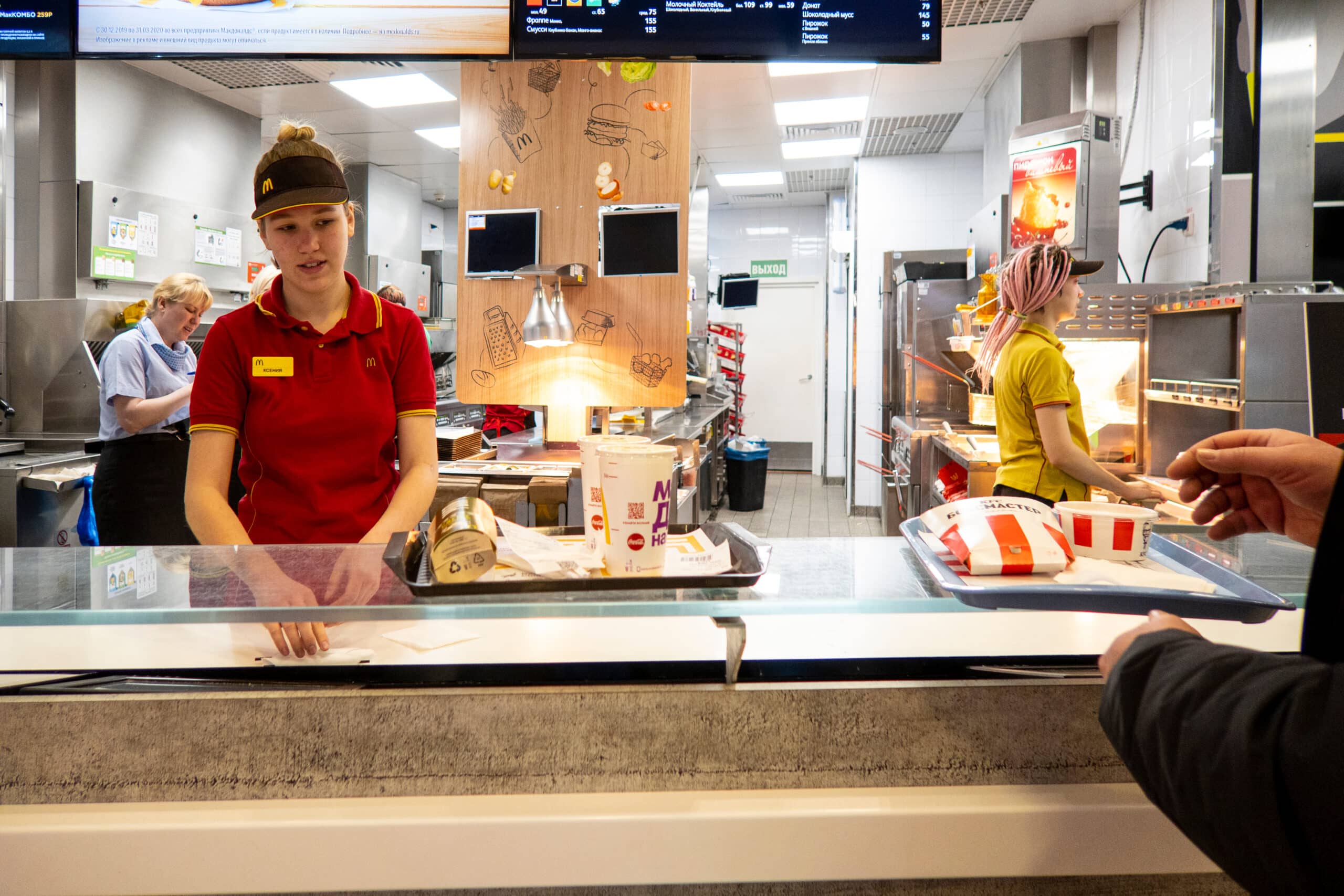
When McDonald’s announced it would finally serve breakfast all day, fans were thrilled. For years, people had pleaded for a chance to grab an Egg McMuffin after 10:30 a.m. In October 2015, that wish came true, and excitement spread fast. But behind the enthusiasm lay a harsh reality: what seemed like a simple idea soon turned into one of the company’s biggest operational headaches.
The Slowdown Nobody Saw Coming

All-day breakfast may have sounded effortless, but it slowed everything down. Breakfast foods like eggs and hash browns take longer to prepare, especially later in the day when grills are already busy. Suddenly, cooks were switching between burgers and breakfast orders, and service times dragged. The very convenience customers wanted began to test their patience.
A Headache for the Crew Behind the Counter

For employees, the change wasn’t exciting, it was exhausting. During lunch hours, workers had to clean equipment, adjust grills, and cook eggs on demand. Many described the process as chaotic and stressful. A meal that made customers happy often left kitchen staff scrambling to keep up.
Too Many Items, Too Many Mistakes

With two menus overlapping, errors became common. It wasn’t unusual for someone expecting a cheeseburger to get a sausage patty instead. Managing breakfast and lunch at the same time led to confusion, missed ingredients, and longer wait times. What was meant to increase options only added more opportunities for mistakes.
Eggs That Outstayed Their Welcome

Serving eggs throughout the day created another issue, freshness. Some employees admitted that large batches were cooked early and reused for hours. That practice saved time but affected taste and safety. When food lingers too long, even a famous Egg McMuffin can lose its appeal.
Hotcakes and the Microwave Dilemma

McDonald’s hotcakes are pre-made and reheated when ordered, but some stores cut corners. To speed up service, workers sometimes kept pancakes warm for hours. By evening, that meant reheated stacks that were anything but fresh. The charm of “breakfast anytime” faded quickly with microwaved hotcakes that tasted like leftovers.
The Rise of Stale Breakfasts

Many breakfast items weren’t designed to sit around all day. Muffins dried out, sausage patties lost flavor, and reheating became routine. Employees revealed that some of these foods were several hours old before being served. For late-night customers, “freshly made” often meant “made hours ago.”
A Hidden Risk for Those with Egg Allergies

All-day breakfast also introduced safety concerns. Workers switching between egg and meat products sometimes forgot to change utensils or gloves. For people with egg allergies, that carelessness could be dangerous. In a rush to keep up, proper kitchen procedures often slipped through the cracks.
Gluten-Free Diners Faced the Same Problem
Cross-contamination wasn’t limited to eggs. Sausage patties containing wheat-based ingredients sometimes shared the grill with gluten-free burgers. Even with corporate warnings about shared equipment, consistency varied by store. For people avoiding gluten, eating at McDonald’s became a risky guessing game.
The Financial Toll on Franchise Owners

Franchise owners, meanwhile, faced mounting costs. Keeping breakfast available all day meant extra labor, more ingredients, and new equipment. Some owners said their profits dropped as operational costs rose. McDonald’s corporate benefited from sales, but the burden fell on local operators struggling to make ends meet.
When the Hype Faded Away
Source: Pixabay
The excitement that began in 2015 didn’t last. Once the novelty wore off, sales flattened and regular breakfast traffic declined. Customers no longer felt urgency to visit in the morning, and the change disrupted the chain’s most profitable time of day. What was meant to boost business instead blurred what made McDonald’s efficient in the first place.
A Lesson in Fast-Food Ambition

McDonald’s all-day breakfast started as a feel-good idea, fueled by customer demand and social media buzz. But it exposed the limits of a system built for speed, not flexibility. The experiment taught a costly lesson: even the most popular ideas can backfire when convenience clashes with consistency.


